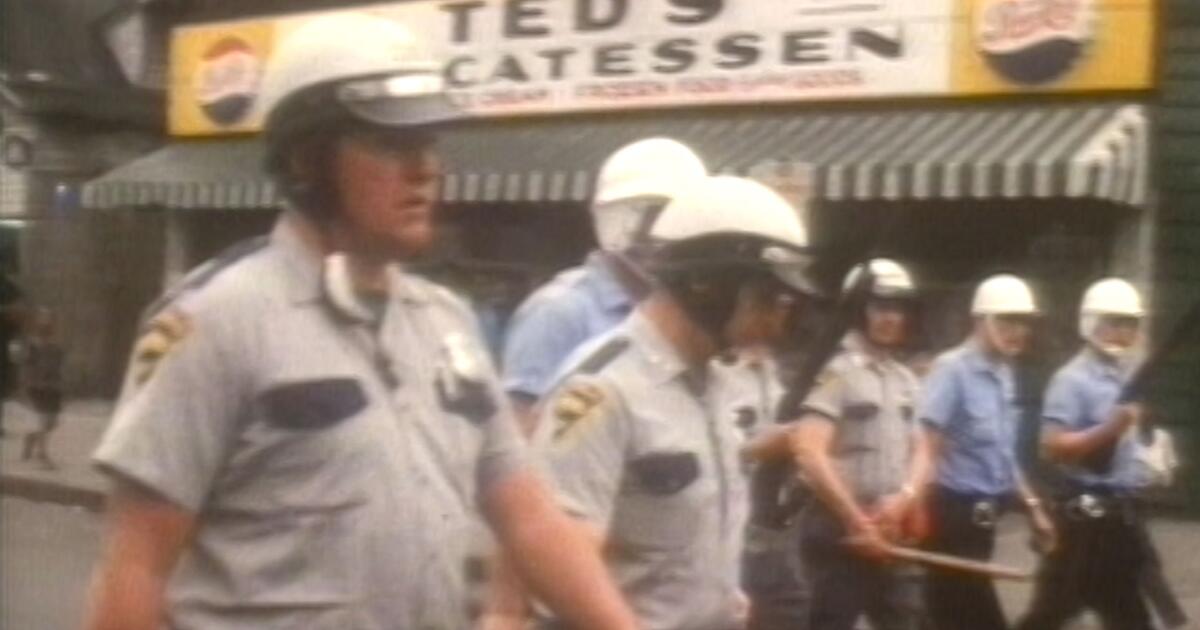The city of Houston on Saturday opened new distribution centers to give out water as around 500,000 customers remained without power following severe storms blamed in the deaths of seven people in the region.
Houston was forecast to reach a high of 90 degrees Saturday as the city and Harris County recovers from tornadoes and 100 mph straight-line winds that struck with little warning on Thursday.
Seven deaths — four in Houston and three in unincorporated Harris County — have been blamed on effects from the weather, including from falling trees and a fire sparked by lighting.
More than 500,000 customers in the Houston and Harris County areas were without power as of around 11 a.m. Saturday, according to tracking website poweroutage.us.
“Our crews’ visual inspections and damage assessments of our infrastructure yesterday showed that we have a lot of hard work ahead in the coming days,” utility CenterPoint Energy’s Lynnae Wilson, senior vice president for electric business, said in a statement.
Three schools were damaged, one that had a tree fall into a classroom, another that had around 12 windows shattered, and one that had a wall collapse in a classroom, Houston Independent School District Superintendent Mike Miles said Saturday.
Miles called the relatively few buildings damaged district-wide “a blessing.” A decision will be made Sunday whether there would be school Monday, and a lot will depend on the electricity situation, he said.
“Today and tomorrow will tell a lot about power at these schools,” Miles said.
Approximately 90 of the district’s more than 270 schools do not have power, he said.
Elsewhere in the country, around 4 million people were under flood watches from southern Mississippi to the Florida Panhandle, according to the National Weather Service.
More rain of around 1 to 3 inches on already saturated ground could cause flash flooding, the weather service for Mobile, Alabama said, and some roads already were flooded.
The Central and Northern Plains were forecast to get storms starting Sunday, effecting around 2 million people in Kansas, southern Nebraska, and northern Oklahoma. The Kansas cities of Wichita and Topeka were among those that could see large hail and damaging winds.















